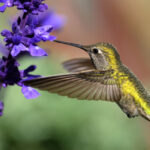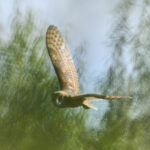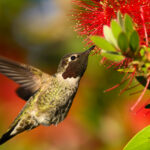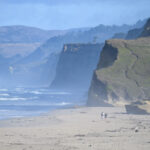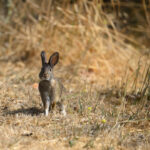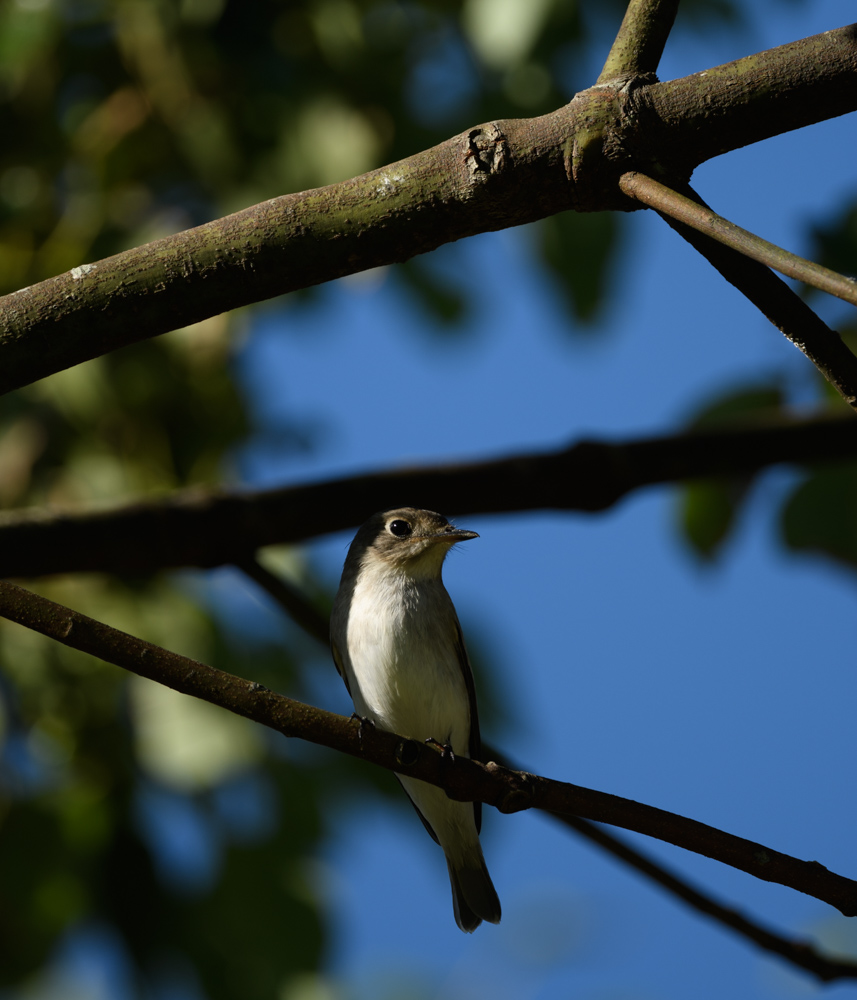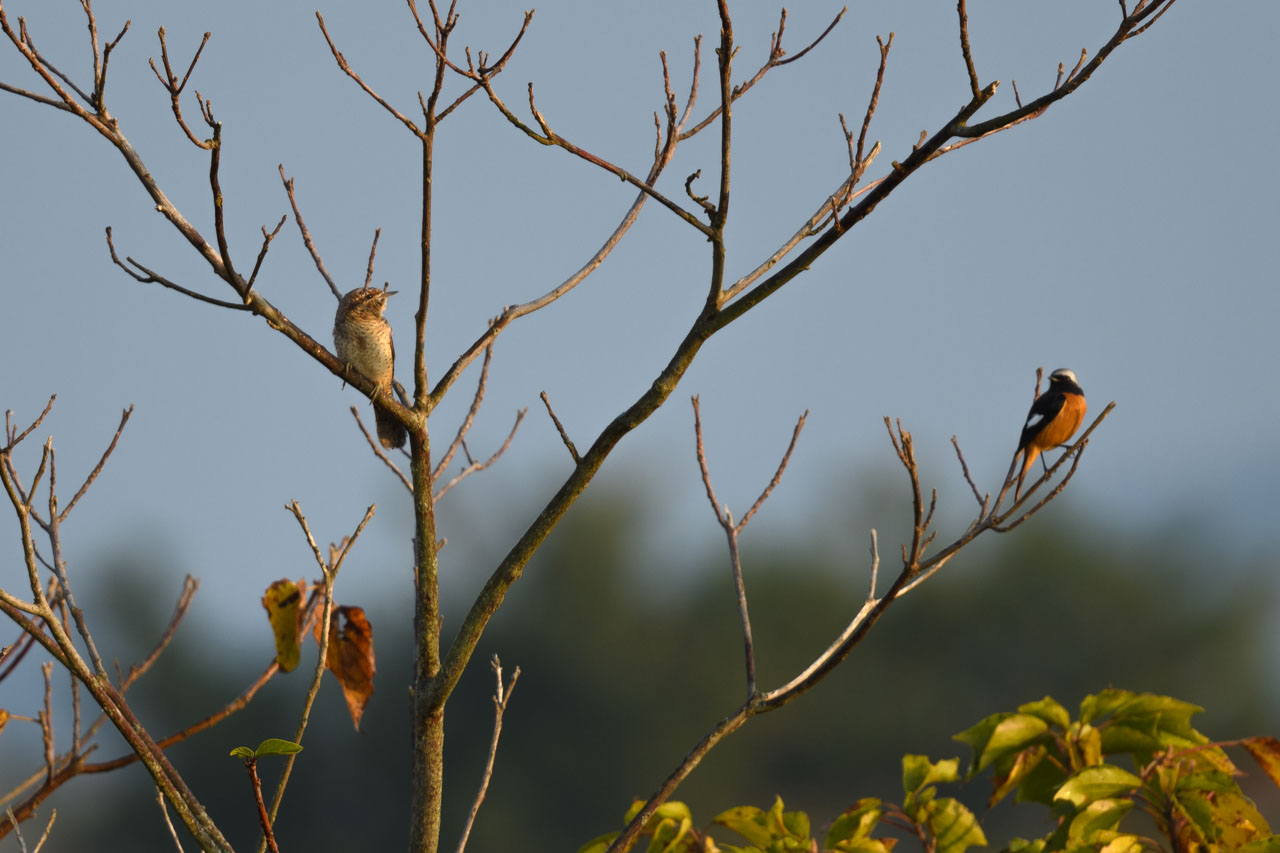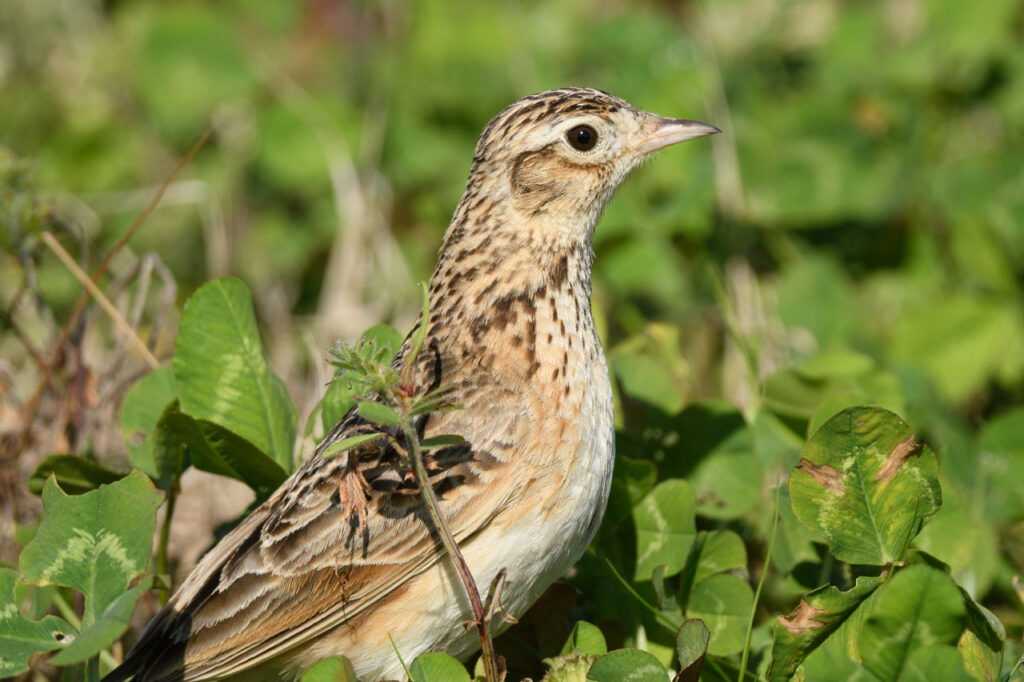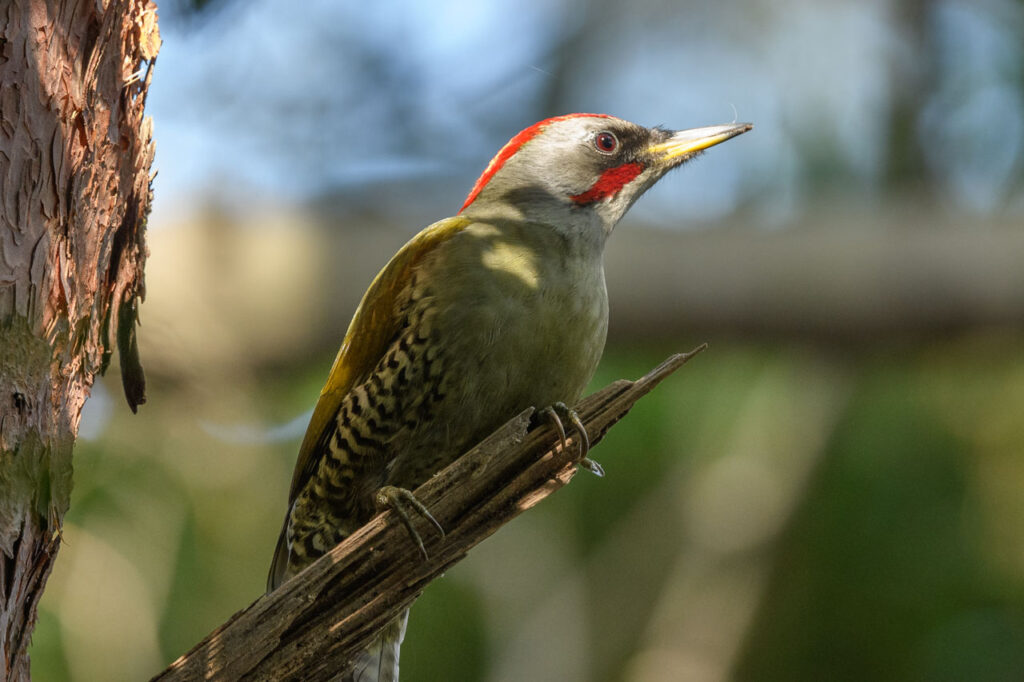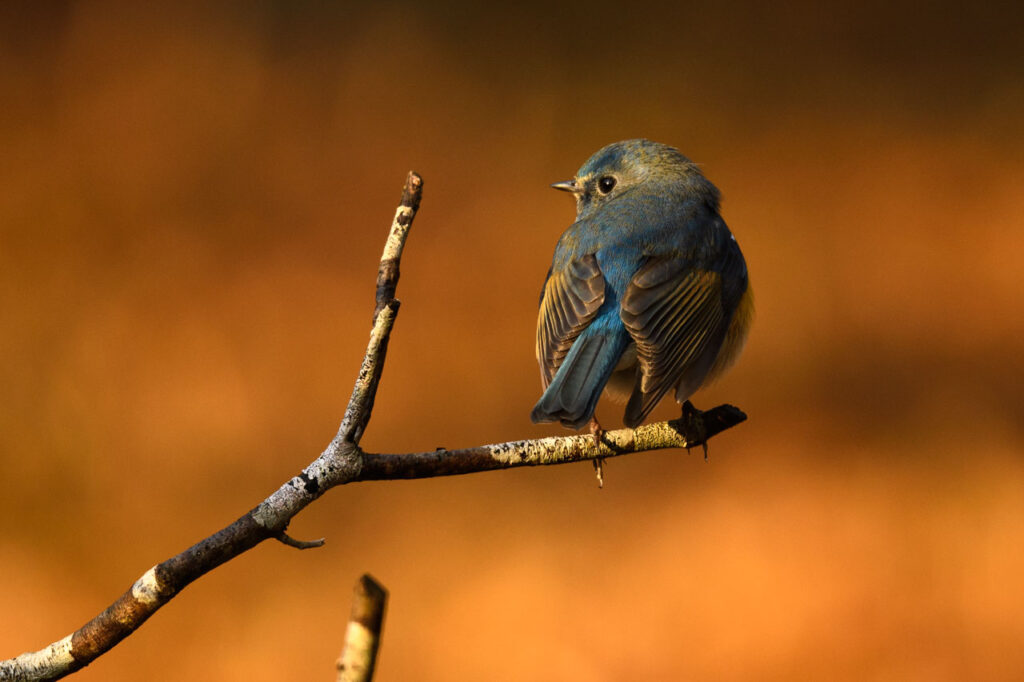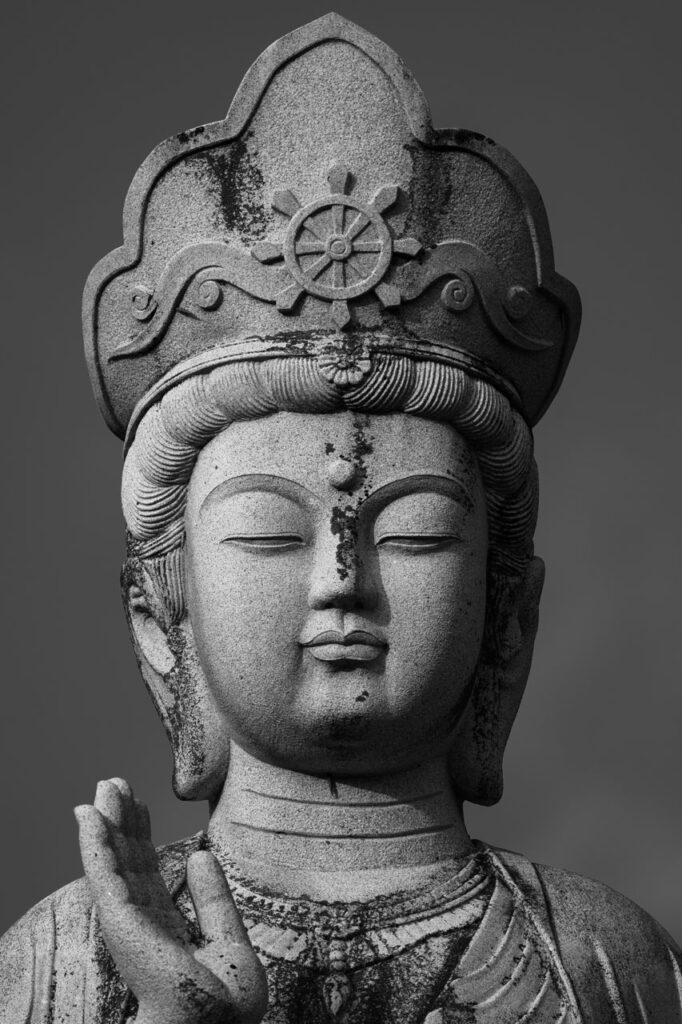
見島 その3 / Mishima Part 3
Continuation of Mishima Part 2
Male black-faced buntings. There seems to be a lot of individual variation in the pattern and color of the cheeks.
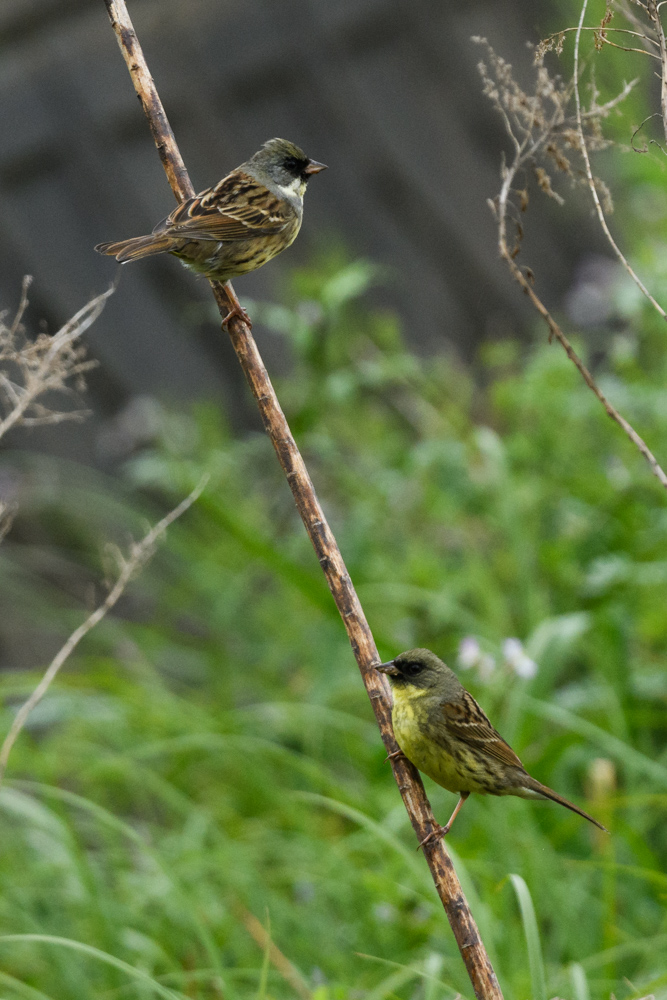
Blue rock thrush.
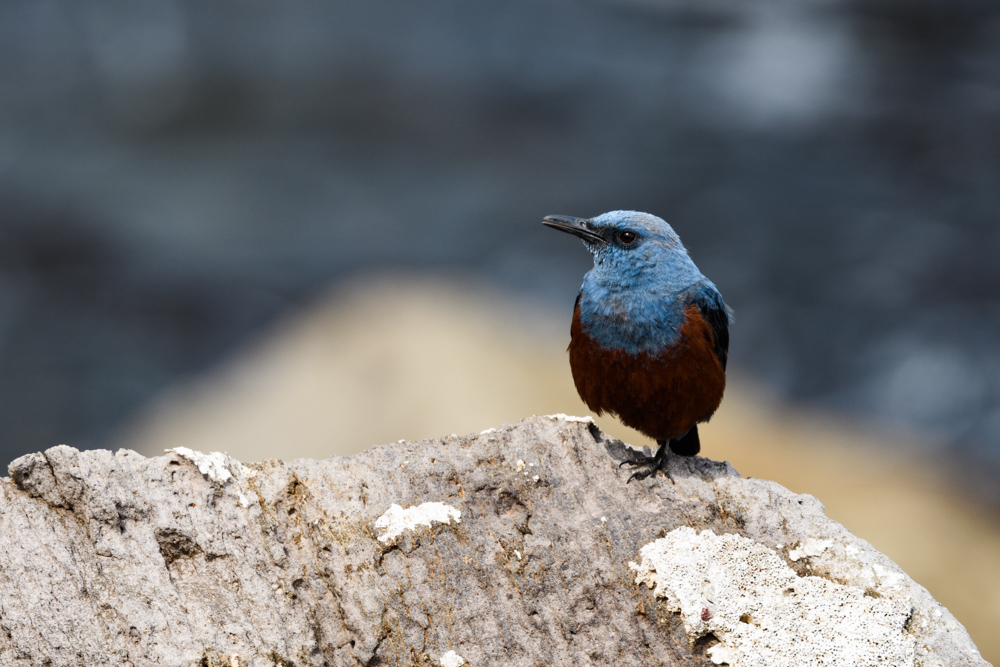
The thing flying around on the rocks in the distance seemed to be an asian stubtail.
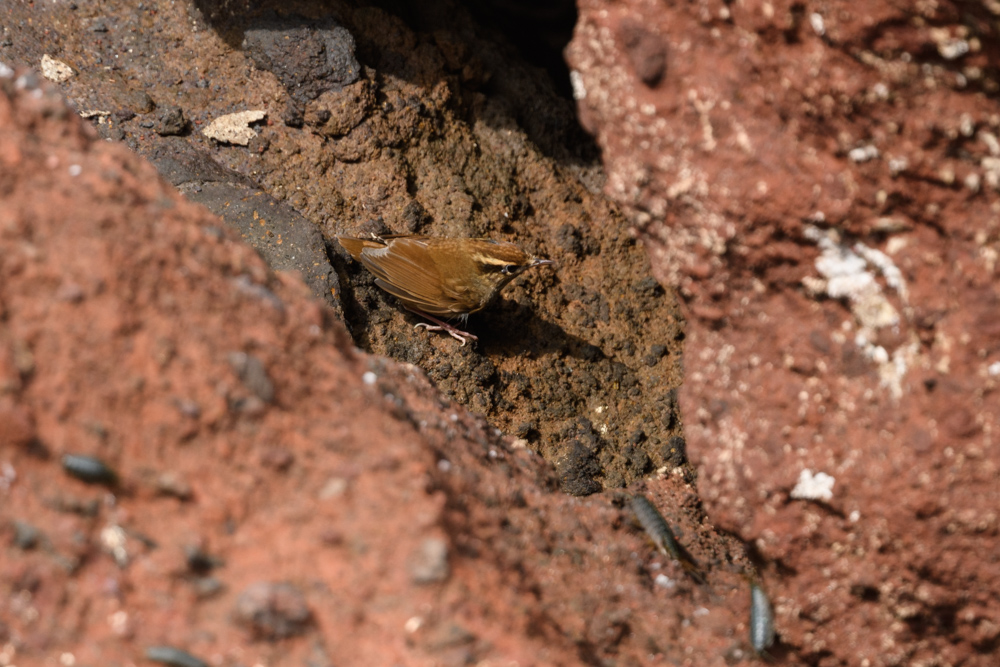
There was a red-flanked bluetail, which I hadn’t seen at all this winter.
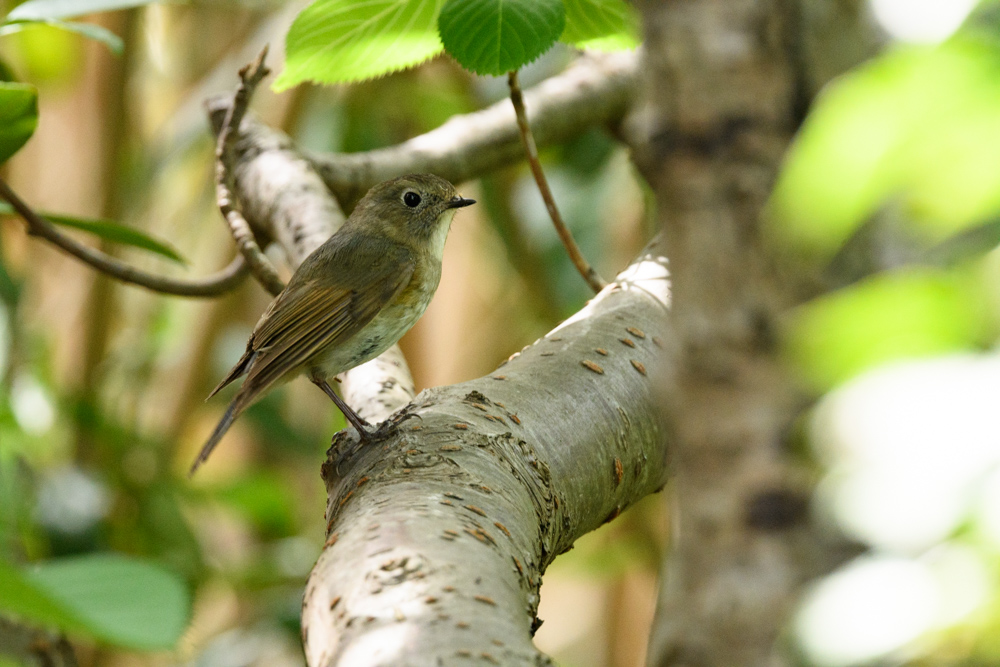
A number of narcissus flycatchers appeared, which usually don’t let me photograph them at low altitudes.
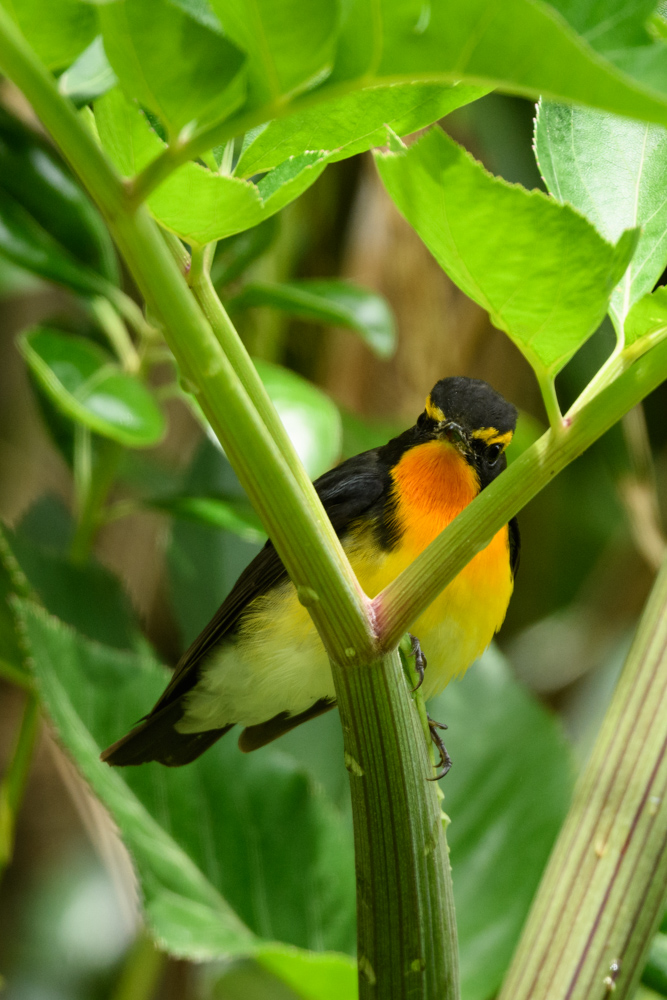
Same individual.
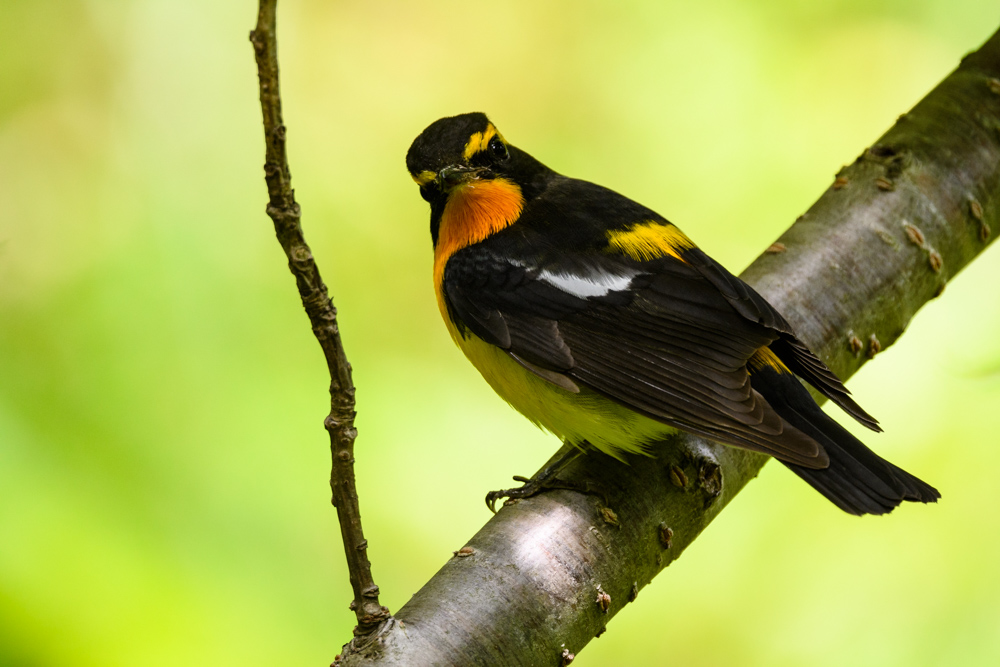
When I first saw it, I thought it was a yellow-throated bunting, but it turned out to be a yellow-browned bunting. It seems to be very rare.
I was surprised when Google Lens identified it in one shot.
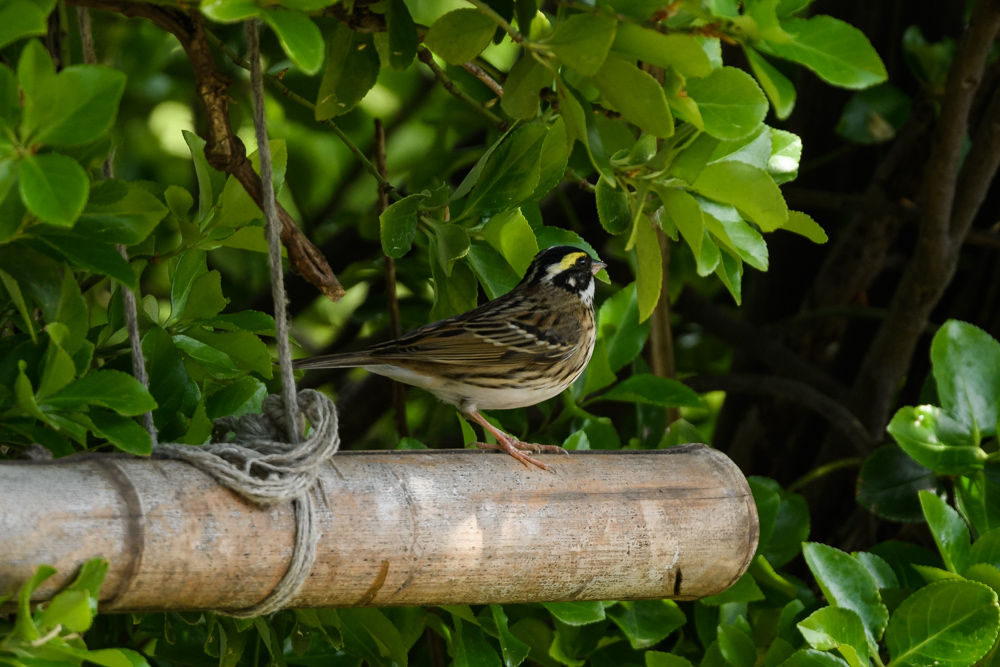
The one I was most confused about this time was this one, a member of the desert wheatear family.
At first, Google Lens said it was a northern wheatear, but the blackness of its lore and the way it stands upright with its belly sticking out (second picture) led me to believe it was an isabelline wheatear. In any case, it seems to be quite rare.
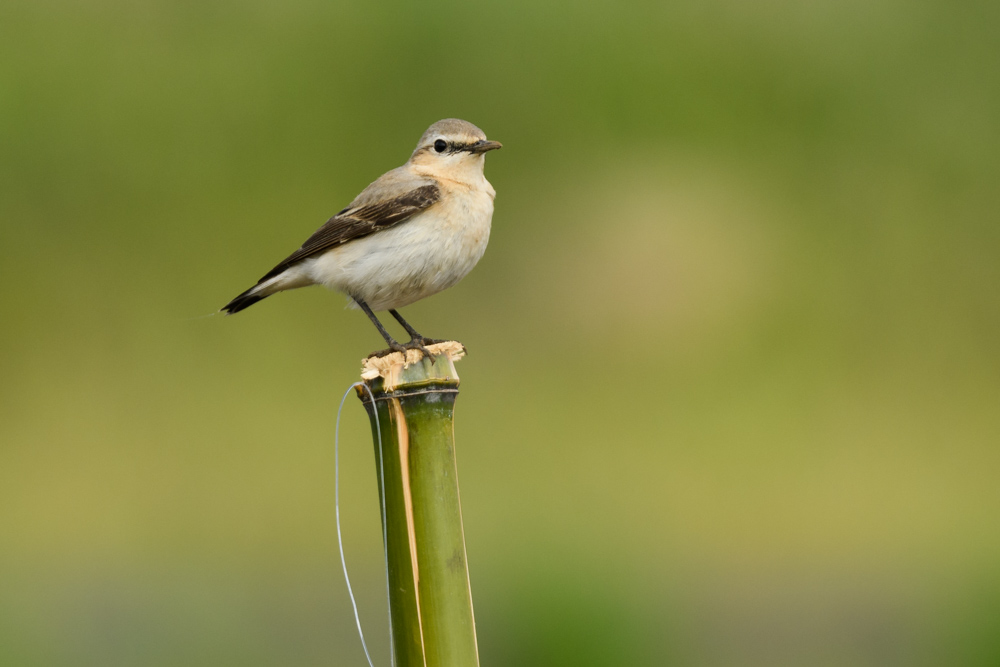
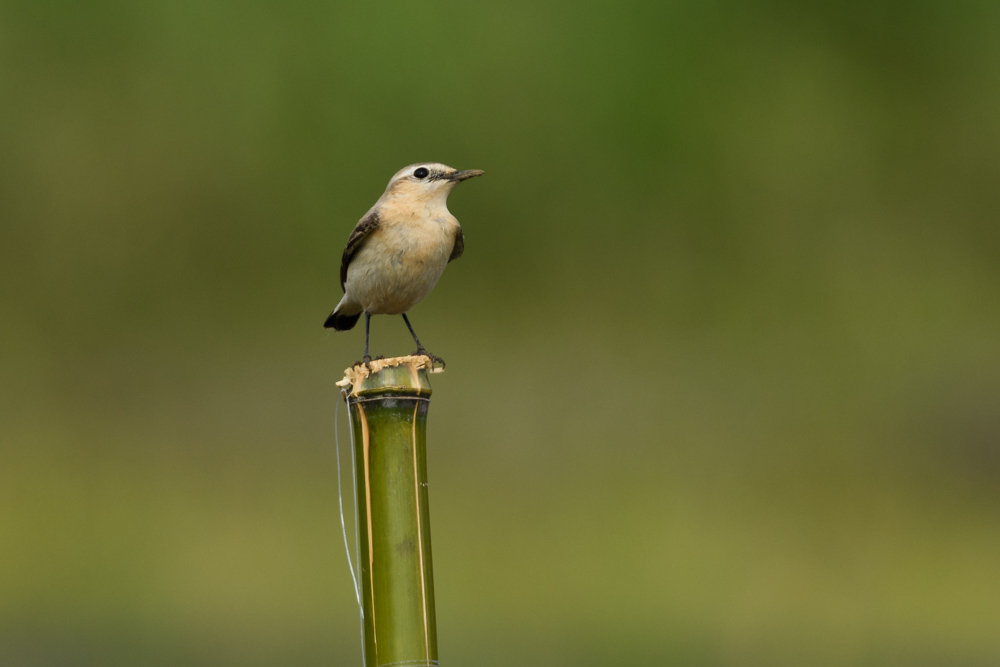
A foraging blue-and-white flycatcher, although its face is not in focus, unfortunately.
I encountered this species three times, but in the end I was not satisfied with the photos.
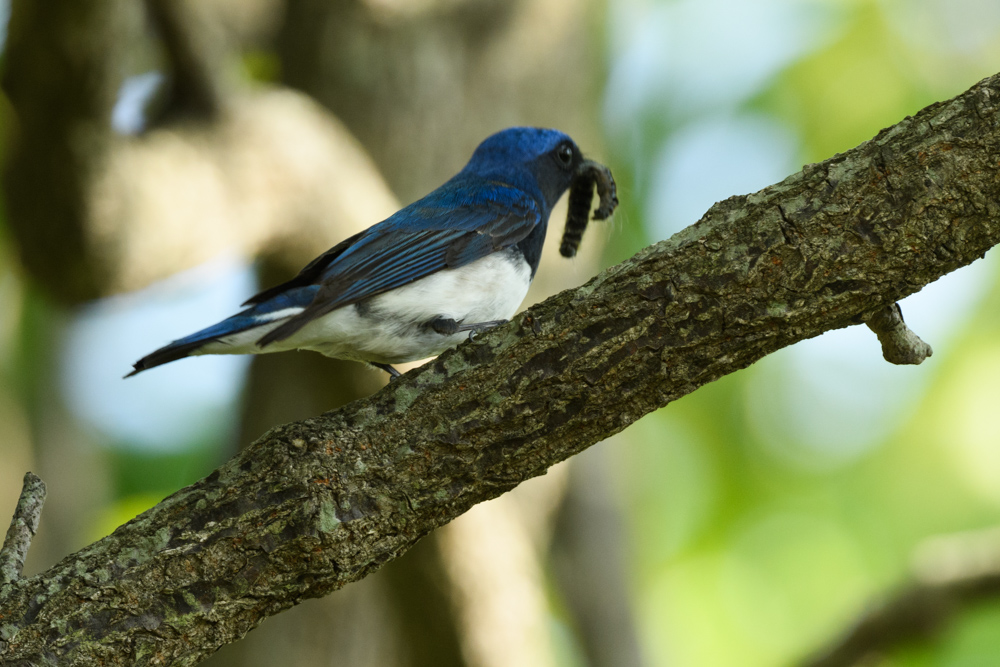
There was a small flock of bramblings.
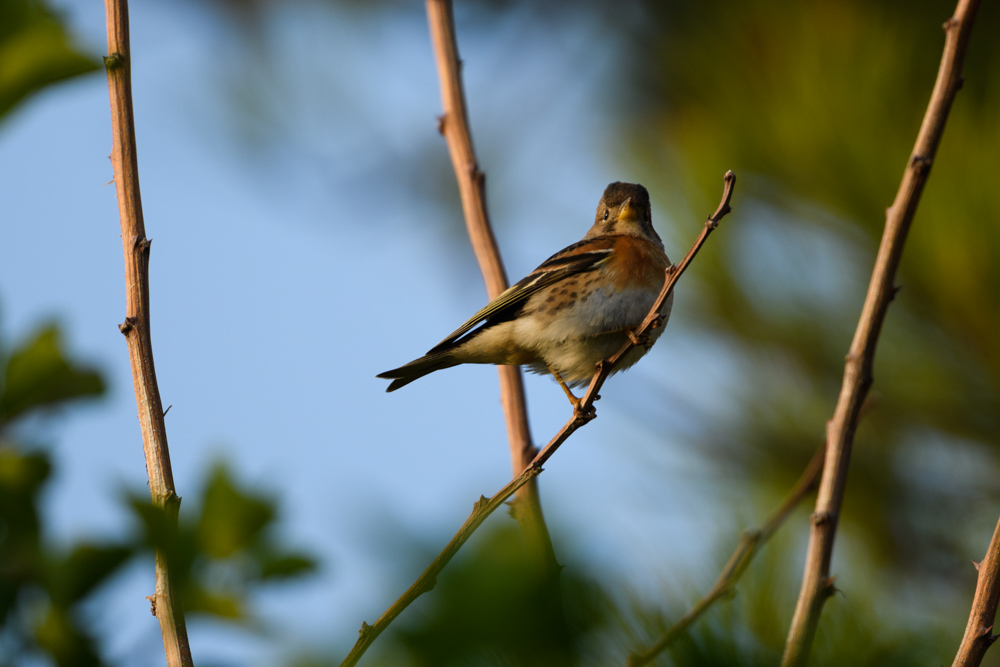
There are also kingfishers on the island.
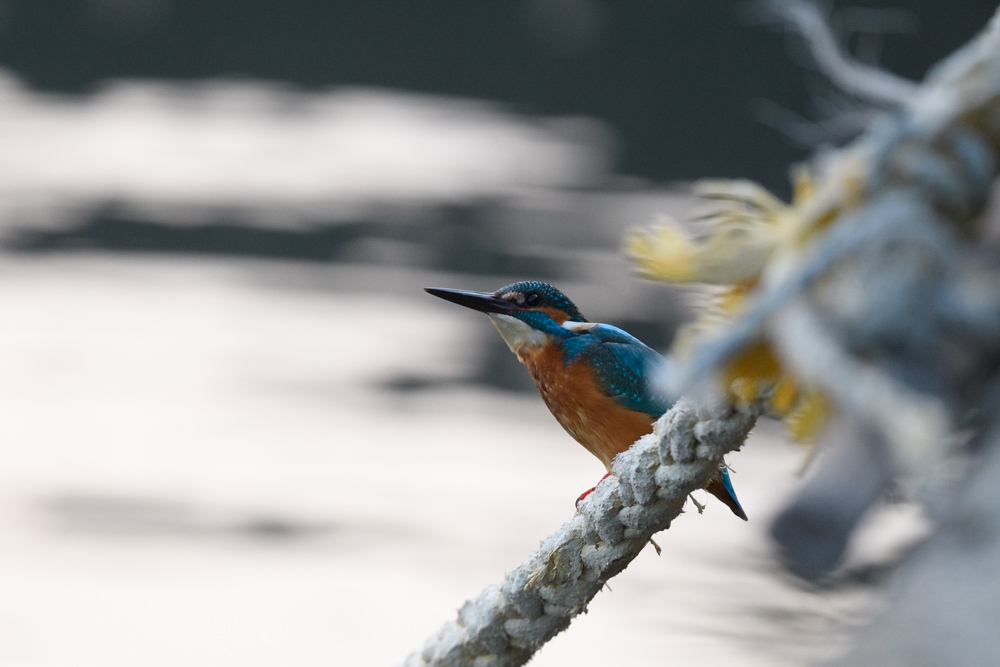
Continue to Mishima Part 4
